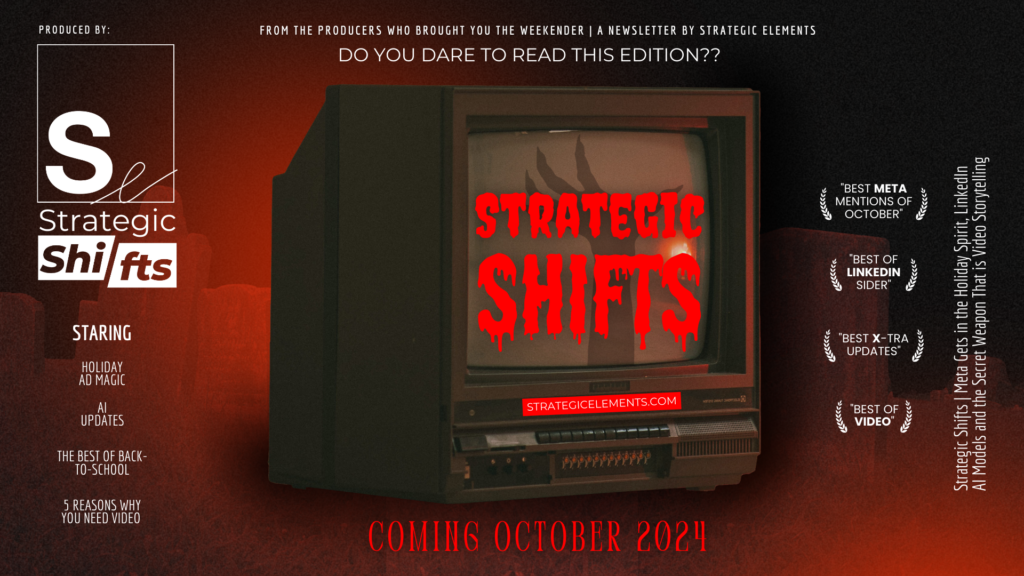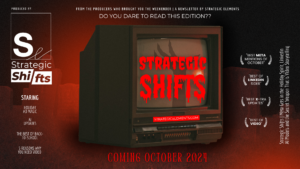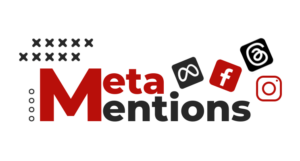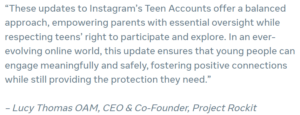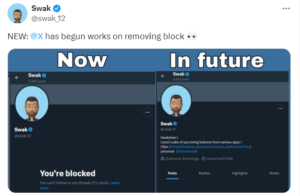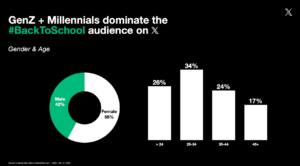Welcome
Learn about Meta’s fresh tools for your holiday campaigns, LinkedIn’s updated user agreement and the importance of video storytelling when it comes to advocacy.
Russian State Media Gets the Boot 🎯
With the U.S. presidential election around the corner, Meta is stepping up by banning Russian state media accounts like RT and Rossiya Segodnya. This move comes after investigations revealed covert attempts to sway American voters through Meta platforms. By cracking down on misinformation and foreign interference, Meta appears to be reinforcing its role in protecting democratic processes.
Holiday Ad Magic ✨
The holidays are coming, and Meta’s got some sweet new ad tools to make your campaigns sparkle! Think easy-peasy discount codes, attention-grabbing reminder ads, and slick multi-page links. Perfect for turning holiday shoppers into loyal customers. Get ready to sprinkle some holiday magic on your marketing plans.
Safe Surfing for Teens on Instagram🏄
Parents, breathe easy! Instagram’s rolling out teen accounts packed with protection. From strict messaging limits to sensitive content filters, teens get a fun yet secure space to explore. Kids undeGr 16? They’ll need your thumbs up to change settings. Rolling out soon, it’s insta’s way of keeping the gram safe and sound for kiddos!
Your Data is Training LinkedIn AI Models – Unless You Opt Out
LinkedIn has updated its User Agreement and Privacy Policy to clarify how your data is being used to train AI models. LinkedIn has been using public posts – and possibly direct messages – to fuel its AI tools. Their objective is to improve, develop, and train AI models in order to provide more relevant and useful services and insights to LinkedIn users. If you do not want your data to be analyzed, you have the option to opt out.
Out of LinkedIn Content Ideas?
Are you suffering from writer’s block when it comes to compiling your regular LinkedIn content for your organization or yourself? Hootsuite recently shared 22 content ideas that may get the wheels turning, including ways to celebrate your team, show empathy, and lighten the mood. Pro tip: Photos are the top multimedia type for LinkedIn posts, and Thursday has the longest runway for high engagement. Read their report for more insights.
Putting the ‘X’ in Texas: 
X officially moved its headquarters from San Francisco to Bastrop, Texas. After 17 years in SF, this shift plants X near owner Elon Musk’s other ventures, like Tesla, SpaceX, and The Boring Company. Too bad the bird is no longer the logo – it could’ve looked great in a Stetson.
Bye Bye Block Button:
X is removing block options as part of Elon Musk’s vision to improve content reach and user engagement. While you will no longer be able to block accounts like you can today, you still have some control over who sees your posts. Musk views this change as increasing visibility for creators, though it has raised questions about app store guidelines and if this shift breaks any.
Your Best-Bet for Back-to-School:
X is proving to be a go-to platform for back-to-school marketing, with growing engagement among students, parents, and shoppers – #BackToSchool posts are up 3%. Brands can use advertising tools like X’s Trend Takeover and targeted ads to influence and win buyers. With a majority of users in the 24-34 age group, X connects with an eager, “ready-to-buy” audience.
Make Them Experience It: 5 Reasons Why You Need Video
For you in the advocacy industry, using video in your communications plan isn’t just a nice-to-have; it’s essential. Video makes your audience “experience” your message, turning casual viewers into active supporters. If you’re not using video yet, here’s five reasons why you should start today.
- Connection
Individual experiences win every round in the fight for viewer attention. Video puts experiences on display in your (or an advocates) authentic voice – more than any one caption, graphic, or even press release can do on its own. This is especially important in advocacy, where trust matters. Video lets viewers experience your mission and connect deeper with your goals.
- Message Control
Videos give you great control over how your message is shared. Unlike written text, which can be misunderstood or quickly skimmed, video allows you to deliver your message with the right tone and emotion. You can explain your ideas clearly and show visuals that help people understand better. This is key when discussing complicated topics, guiding viewers through your message.
- Beyond 3 Seconds
It’s true, you have three seconds to grab the viewer’s attention, but what comes next is gold. Video expands the topic and gives you time to break down complexity. Text, statistics, and emotion all age better with time.
- Proven Results: Video Storytelling With MDA
Need more proof? The Muscular Dystrophy Association used raw emotional videos to go beyond gaining supporters– they changed the world. Built to win support for greater accessibility in air travel, our campaign with MDA led to 2M+ people, airline executives, and lawmakers experiencing the harsh reality of air travel for those in wheelchairs. When President Biden signed new laws to make air travel more accessible one year after the videos went live; that marked the pinnacle of success that started with two brave advocates sharing their reality.
This example highlights how video can change the course of your advocacy efforts and break into a new level of understanding for your supporters.
- The Future of Communication
Video continues to trend up. Style, length, and platforms may change, but basic principles still apply. It’s not just a tool for grabbing attention; it’s essential for organizations that want to stay relevant. By using video now, you put your organization in a strong position to connect with audiences today and beyond.
Conclusion
Adding video to your communications plan isn’t optional—it’s essential. By using video, you create a more personal connection with your audience, have full message control, and ensure the stability of your message’s future. Make them experience it today and they’ll remember it tomorrow.
Want more? Let’s talk 1:1 about the power of video.
Get chatting: What’s one video campaign that grabbed your attention and why?
Follow us on Facebook, Instagram, and X for more monthly insights on the latest news in social media and public affairs.


